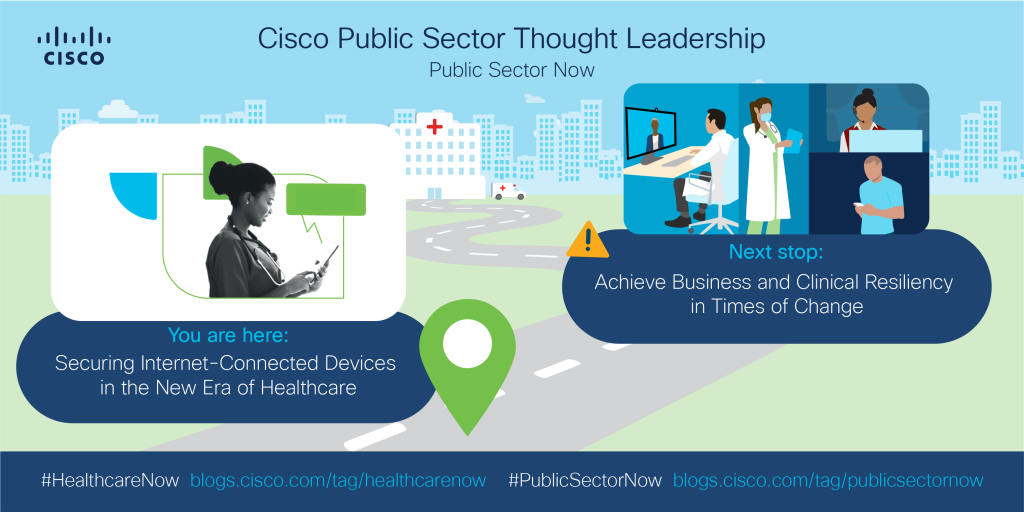Follow along with our blog series #HealthcareNow and #PublicSectorNow, where we’ll address healthcare innovation around the world and how to maintain business continuity in today’s health climate.
Change. It’s constantly redefining the healthcare landscape, whether triggered by technology innovations, cultural shifts, or world events.
Healthcare organizations understand this and plan for it, putting continuity and recovery plans in place to help them maintain normal operations as much as possible in times of change.
However, with the recent pandemic many healthcare organizations were faced with changes so great and so fast, there was no “normal” to return to.
The industry is quickly changing, and healthcare organizations are pivoting their services and work environments to be more flexible and resilient.
According to this recent PwC Pulse Survey, 90% of healthcare executives are prioritizing changing workplace safety measures and requirements as their employees transition back into the clinical space. 67% plan to make remote work a permanent option for roles that allow it, and 70% are actively working to improve the remote work experience.
Healthcare organizations are managing the acceleration of existing trends such as overnight increases in remote workforce, increased security concerns and exponential growth in telehealth and virtual care.
Couple that with the appearance of new dynamics such as prioritization of worker safety and wellness in the care facility, patient consumerism, shifts in care delivery sites and disruption of business and patient-care models, and organizations have a lot to consider when it comes to balancing acceleration and disruption to become future ready.
With these massive shifts in prioritizes, we believe it’s time to look beyond “normal” or even the “new normal” and embrace the ever-changing reality of our future with new levels of resilience. Not to just recover and adjust in the face of change, but to thrive.
This is where Cisco makes a difference. You need secure, healthcare solutions designed and built for change at scale across your organization.
Cisco Business and Clinical Resiliency Solutions help provide a safer work environment for your clinicians and staff and a trusted experience for your patients, while maintaining continuity of care.
With unmatched healthcare expertise that spans networking, security, cloud, data center and collaboration, Cisco and our ecosystem of partners can deliver a complete healthcare solution that empowers your workforce to triage and care for patients remotely and allows administrative staff to work from home.
We’d love to hear what you think. Comment below and stay tuned for the next blog in our #HealthcareNow series.






